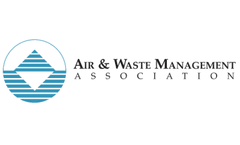Site Contamination Articles & Analysis
6 articles found
TerraStryke Remediation Products, LLC (TerraStryke) biostimulation additives are proven cost-effective, enhancing the destruction of dissolved phase and residual source contaminants, leveraging site geochemistry and native microbial populations while eliminating the costs, emissions, and liabilities associated with aboveground equipment. Based on positive ...
X-ray fluorescence spectroscopy (XRF) to determine which metal elements are present in the contaminated sites. Metal contaminants can be introduced into the battery from the raw materials, or from the actual processing, i.e. metal particles from machinery. ...
Sediment toxicity tests were conducted to assess potential effects of contaminants associated with coal mining or natural gas extraction activities in the upper Tennessee River basin and eastern Cumberland River basin in the United States. ...
The pattern of ground contamination across a site depends on the historical pattern of contaminant releases at the surface and the redistribution and the fate of contaminants below the surface. Using these concepts a new site assessment approach (assessment modelling) is proposed based on the development of three ...
It is one of the exposure pathways that should be considered when performing a site human health risk assessment and can be an important issue at sites with subsurface contamination due to petroleum fuels or chlorinated solvents. This article provides a “big picture” overview for environmental professionals with responsibility for addressing VI ...
Fearful residents of houses on land potentially contaminated with fuel oil in North Holmwood, Surrey are concerned about the impact of past industrial land use on their property prices. The extent of contamination has varied from one house to another but clearly demonstrates the importance of knowing what activities were carried out before the development was ...






